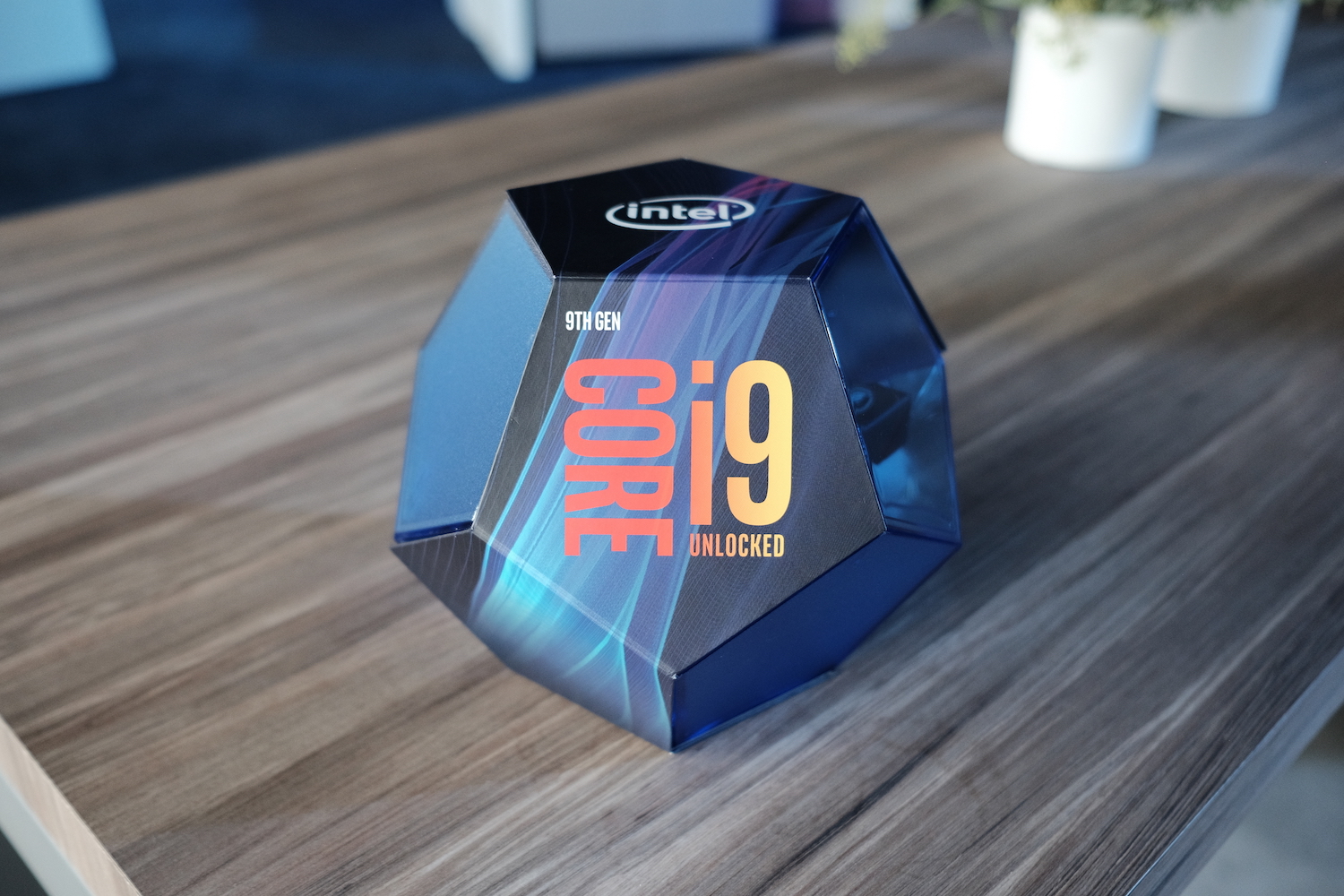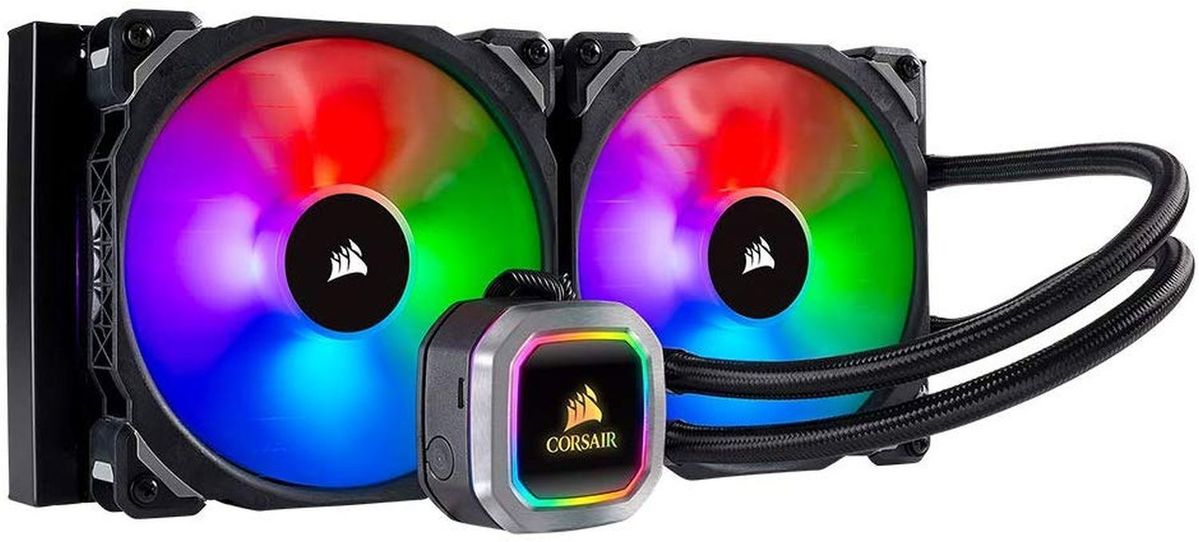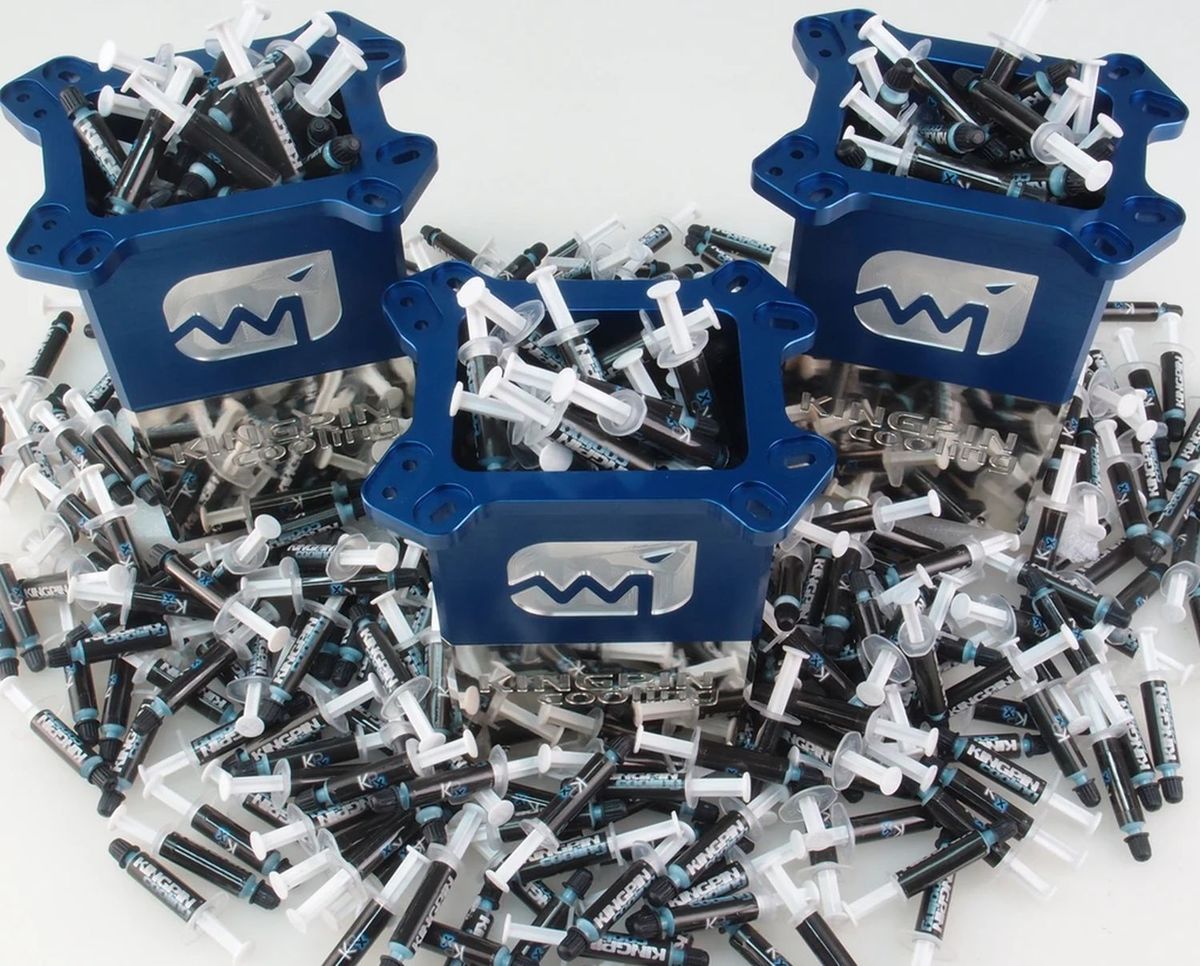advertisement
Here’s what Intel engineers use to push CPU overclocks to 11
The new year kicked off with a bang for PC enthusiasts, as Tom’s Hardware published a long and fascinating article…

The new year kicked off with a bang for PC enthusiasts, as Tom’s Hardware published a long and fascinating article detailing their experiences inside Intel’s secretive overclocking lab in Portland, Oregon, USA. It’s a comprehensive look at the tools and the mindset helping to shape Intel’s processor overclocking endeavours, shining a light on everything from custom-designed testing hardware to how Intel helps partners maximise the performance of motherboards and everything in between. It’s illuminating and unprecedented, and you should read all eight pages of it for a rare look behind the curtain.
There’s a lot of talk about custom-designed Pelletier coolers and US$68,000 mixed-signal oscilloscopes, but on a more practical level, the deep-dive reveals what commercially available products Intel’s own engineers use to push processors to 11 in their labs. Now that’s interesting—and information you can use yourself, today.
Overclocking requires you to keep your CPU as cool as possible, as much as possible. The go-to cooler in Intel’s overclocking lab, according to the report? Corsair’s Hydro Series H115i AIO, a 280mm beast that retails for US$170 on Amazon. (Yes, it also works with AMD’s Ryzen processors.)
advertisement
 CORSAIR
CORSAIR
Interestingly, Tom’s gave Corsair’s cooler only 3.5 out of 5 stars in its review, but the site also relies on the hardware for its own processor testing. Both Intel and Tom’s appreciate the durability and flexibility of the H115i, which Tom’s says “hold up well to constant processor re-mountings.” If you swap out hardware often, it sounds like Corsair’s hardware is the way to go. We used the smaller 240mm Corsair H100i in a previous iteration of our graphics card testing system and loved it, too.
The hardware’s only part of the equation. If you’re stressing your system with hefty overclocks, the thermal compound you use can make a big difference in temperature. Tom’s saw Thermal Grizzly’s Kryonaut and Conductonaut thermal pastes in Intel’s overclocking labs—two pastes that previously received high praise from GamersNexus in its own overclocking attempts. But Intel also keeps a massive US$2,200 “tub” of Vince “Kingpin” Lucido’s KPX high-performance thermal compound on hand. Kingpin’s a renowned overclocker who works closely with graphics card maker EVGA, and you can buy his compound for as little as US$6.99 for a 1.5 gram tube. I haven’t used it myself yet, but if Intel’s engineers swear by it, you can guarantee that I’ll be giving it a whirl soon.
advertisement
 KINGPIN
KINGPIN
Another useful takeaway: safe voltages. The more power you pump into a chip, the quicker it dies. So how hard is too hard? Intel didn’t provide an official answer, but Tom’s Hardware quizzed the engineers on what they run in their own personal systems. The team said they’re willing to run their own Coffee Lake chips at up to 1.4V, and Skylake-X chips at around the same level, though they stressed that they’d be willing to do so only if their cooling kept temperatures in check. Intel’s engineers consider temperatures in the mid-70s Celsius fine, but if you’re seeing thermals spike over 80 degrees, you’re in trouble.
If you’re using the same cooler and thermal compound that Intel uses in its own overclocking lab, you’ll probably be safe.
advertisement
So there you have it: the tools and tips that Intel’s own engineers use to overclock Core processors. And this is just the tip of the iceberg! Again: Go read Tom’s Hardware’s feature on Intel’s secretive overclocking lab. It’s an utterly fascinating read for chip geeks, and it goes into much deeper detail about all sorts of interesting stuff.